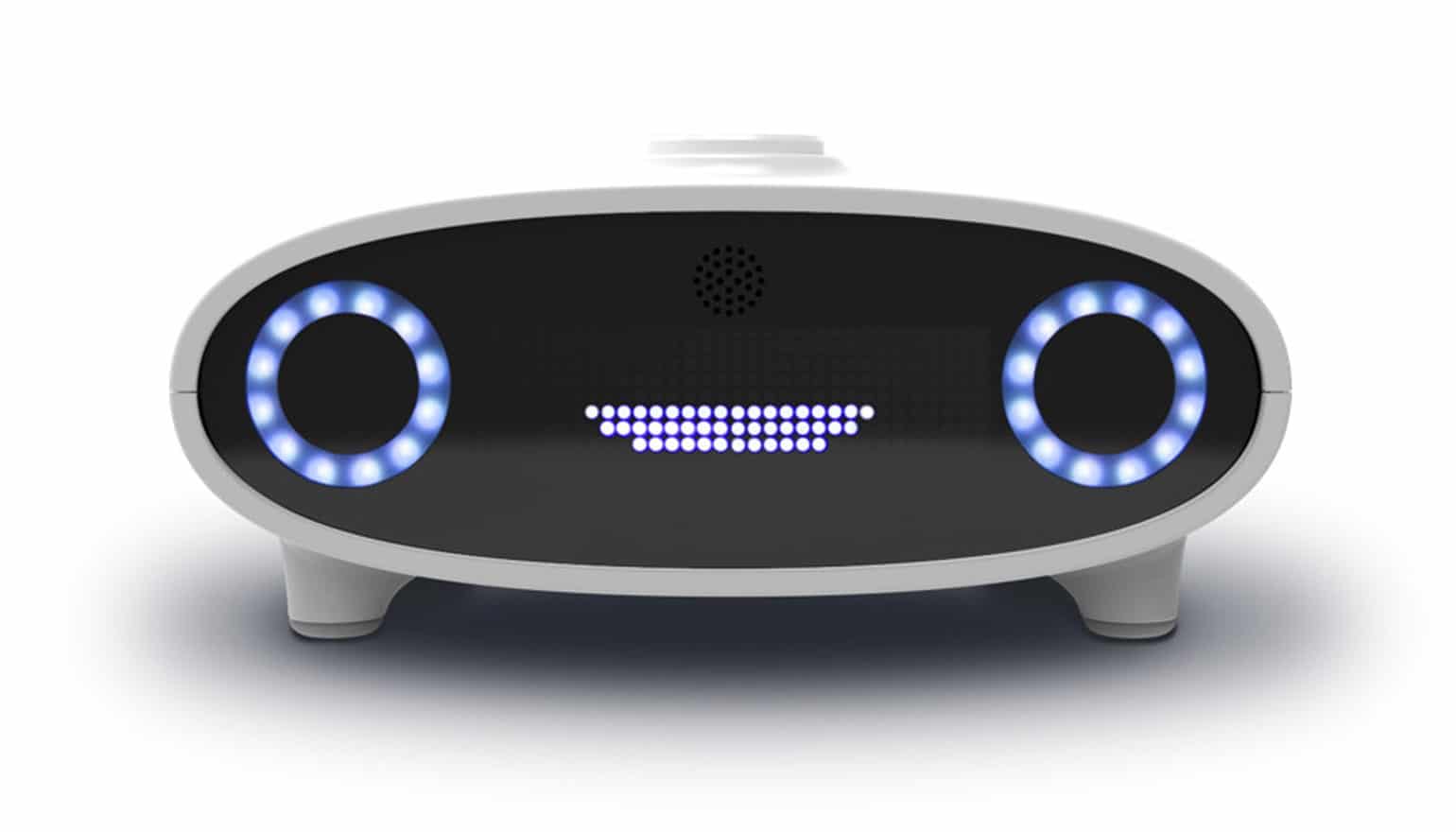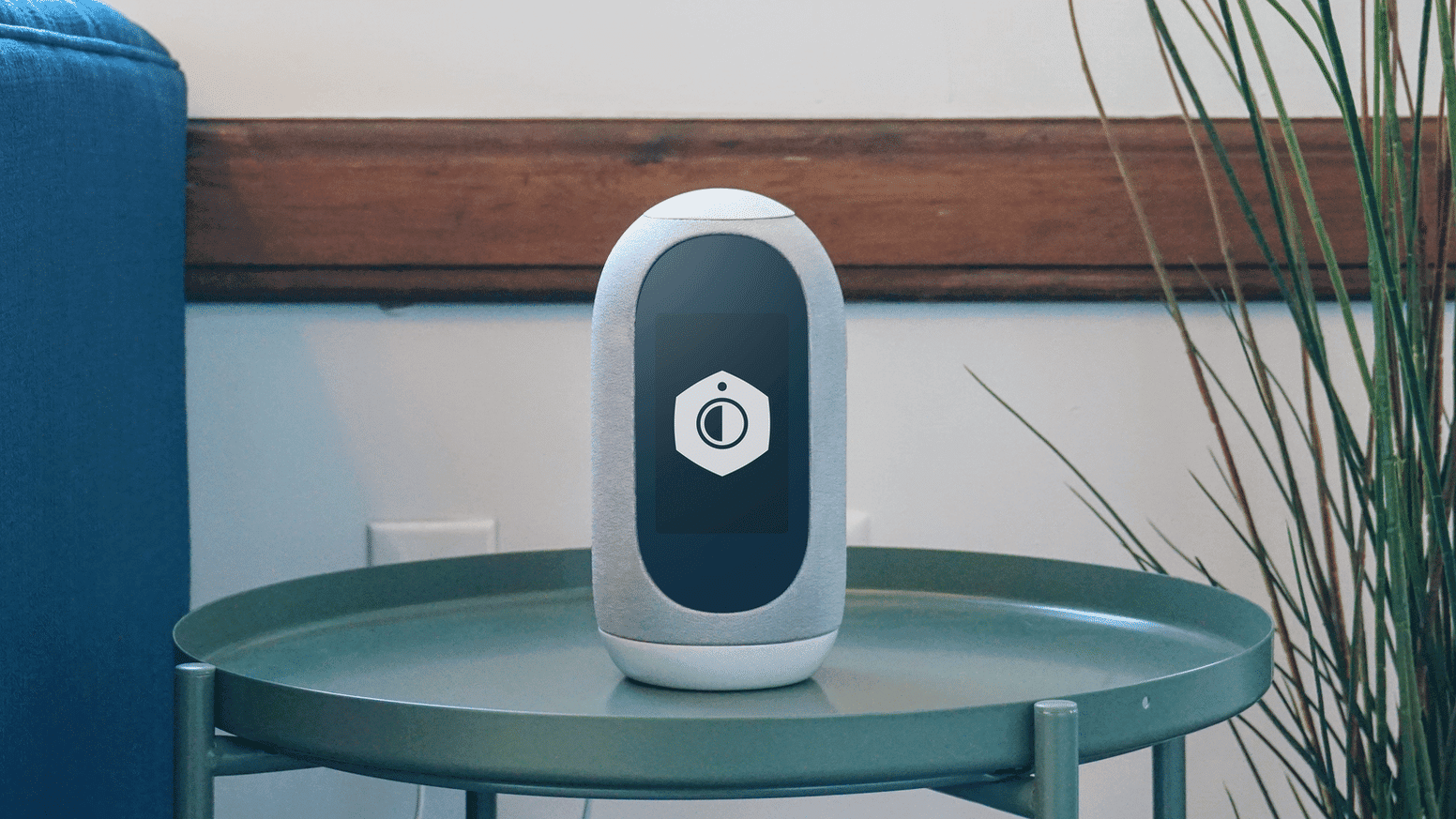In just the past few months, news reports have uncovered a series of alarming revelations that companies like Amazon, Google and even Apple have been listening in on conversations without permission.
The data that they collect are also often stored indefinitely unless you explicitly delete it or turn off the recording ability.
But a company based in Lawrence, Kansas, is working on an alternative solution: a virtual assistant aimed at preserving privacy and that’s also open source. It’s called Mycroft, and though you may not have heard of it, the company’s been around since 2015.
What can Mycroft do?
Mycroft is the world’s first open source voice assistant. It can run anywhere – on a desktop computer, inside an automobile, it even runs on a Raspberry Pi. Mycroft is open so it can be remixed, extended, improved. It can be used in anything from a science project to an enterprise software application.
Mycroft CEO and founder Joshua Montgomery describes Mycroft as a platform. Just like Alexa and Google’s Assistant. Even though the company has made the aforementioned Mark I speaker, around 90 percent of Mycroft’s user base use it on their own devices, be it a Raspberry Pi or their own desktops or laptops.
Still, Mycroft survived and has raised about $5 million from investors and the community. That’s a far cry from the billions that Amazon and Google make, of course, but for a small seven-person team based in Kansas, that’s enough to keep the project going.
Mycroft Mark I and Mark II Smart Speakers
Mark I & II are Mycroft open source AI smart speakers that offers an alternative to big-brand models like Amazon Echo, Google Home or Apple HomePod. All you need to do is say the default wake word “Hey, Mycroft” to activate the device.
When you give a command, the Mycroft deletes your data as soon as it completes your request. It does not store your data unless you opt-in to make it part of the company’s open data set. Therefore, they does not sell your personal data or serve you ads.


Montgomery said that Mycroft will be focused on getting the best user experience possible, especially on core functions like alarms, timers and getting the news and weather. But while the Mark II is a much more consumer-friendly version of the hardware, Montgomery admits that the Mycroft platform is not quite consumer-ready just yet.
How to install Mycroft
You can download Mycroft and run it on your own hardware.
Raspberry Pi 3 or 4
Picroft is specifically packaged to run on a Raspberry Pi 3 or 4. It is built on top of the official Raspbian Buster Lite and is available as a disk image ready to be burned to a microSD card. For complete instructions see Getting started with Picroft.
For Mycroft to hear you and respond to you, just connect a speaker and a USB microphone to your Pi.
Linux
If you are a technical user, run Mycroft on your favorite Linux distro, including Ubuntu/Debian, Arch, and Fedora. Clone the repository and run the included setup script.
Ubuntu users can install the Beta release of the Mycroft Snap package:
sudo apt update
sudo apt install snapd
sudo snap install mycroft --beta